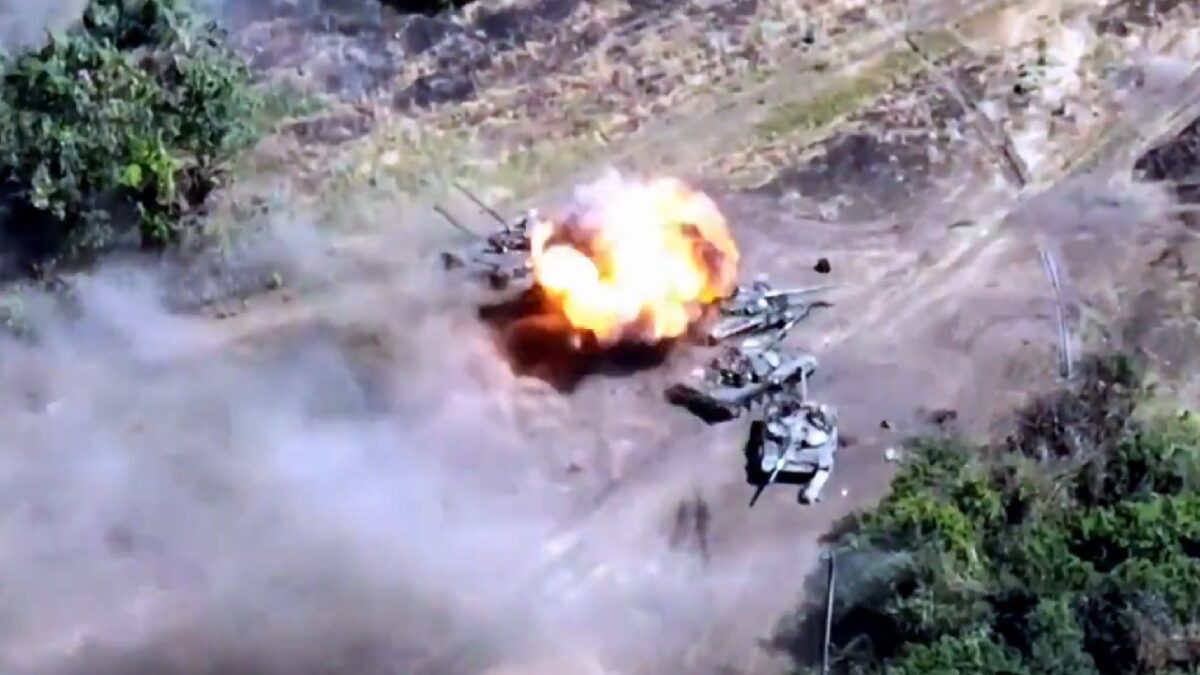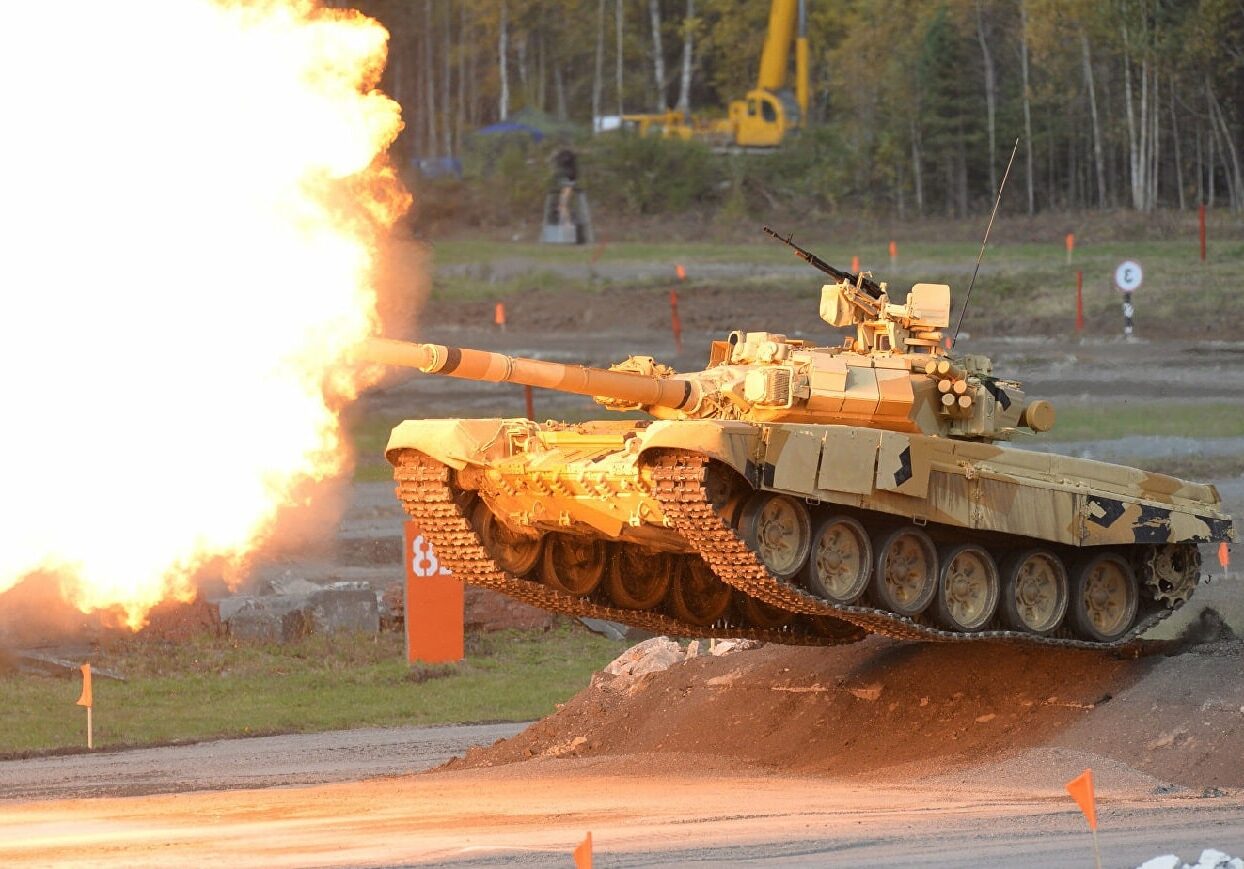On day 175 day of the Russian invasion of Ukraine, the Russian military is trying to grapple with the heavy losses it has been suffering after almost six months of the war.
The Russian Casualties
#Ukraine: A 3-pointer from a Ukrainian drone dropping an adapted M430A1 HEDP 40x53mm grenade right into the hatch of a T-72B3 obr. 2016 tank causing a deadly ammo cookoff.
Another T-73B3, which had collided with a truck, was hit too but wasn’t damaged due to reactive armor. pic.twitter.com/qwx9NGz8yW
— ?? Ukraine Weapons Tracker (@UAWeapons) August 17, 2022
The Ukrainian Ministry of Defense claimed that as of Thursday, Ukrainian forces have killed approximately 44,300 Russian troops (and wounded approximately thrice that number), destroyed 234 fighter, attack, and transport jets, 197 attack and transport helicopters, 1,889 tanks, 1,010 artillery pieces, 4,179 armored personnel carriers and infantry fighting vehicles, 265 Multiple Launch Rocket Systems (MLRS), 15 boats and cutters, 3,061 vehicles and fuel tanks, 136 anti-aircraft batteries, 793 tactical unmanned aerial systems, 93 special equipment platforms, such as bridging vehicles, and four mobile Iskander ballistic missile systems, and 190 cruise missiles shot down by the Ukrainian air defenses.
Why Russian Tanks Keep Blowing Up
The Russian military has lost more than 950 main battle tanks in Ukraine. And that is only the documented numbers that have been verified by independent sources, such as the Oryx open-source page, mainly through audiovisual evidence.
And the Ukrainian military is claiming almost twice the number of destroyed or captured Russian main battle tanks, but those figures haven’t been verified fully yet.
“The heavy attrition of Russian Main Battle Tanks in Ukraine is highly likely partially due to Russia’s failure to fit and properly employ adequate Explosive Reactive Armour (ERA),” the British Military Intelligence assessed in its daily update on the war.
Explosive Reactive Armor comes in small boxes that are attached to the exterior of the tank in the most vulnerable places. The very basic idea of the concept is that when a projectile, whether that is a tank shell or anti-tank missile, strikes the tank, the explosive material in the boxes detonates and somewhat deflect or lessen the force of the incoming projectile, thus giving the crew a better chance at survival.
“Used correctly, ERA degrades the effectiveness of incoming projectiles before they hit the tank. This suggests that Russian forces have not rectified a culture of poor ERA use, which dates back to the First Chechen War in 1994,” the British Ministry of Defense stated.
However, footage from the ground in Ukraine has shown Ukrainian troops going through captured Russian tanks only to find that in the Explosive Reactive Armor boxes, there was plastic foam or even egg carton containers.
“It is highly likely that many Russian tank crews lack the training to maintain ERA, leading to either poor fitting of the explosive elements, or it being left off entirely. These deficiencies probably contribute to the widespread incidents of turret ejection, which are well documented in eye-witness videos from Ukraine,” the British Ministry of Defense added.

Image of Ukraine attacking Russian tank. Image Credit: Twitter Screenshot.
“The war has seen numerous failures by Russian commanders to enforce low-level battle discipline – such as the use of ERA. The cumulative effect of these failures is likely a significant factor behind the poor performance of Russia’s forces,” the British Military Intelligence assessed.
1945’s New Defense and National Security Columnist, Stavros Atlamazoglou is a seasoned defense journalist specializing in special operations, a Hellenic Army veteran (national service with the 575th Marine Battalion and Army HQ), and a Johns Hopkins University graduate. His work has been featured in Business Insider, Sandboxx, and SOFREP.

